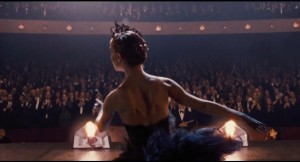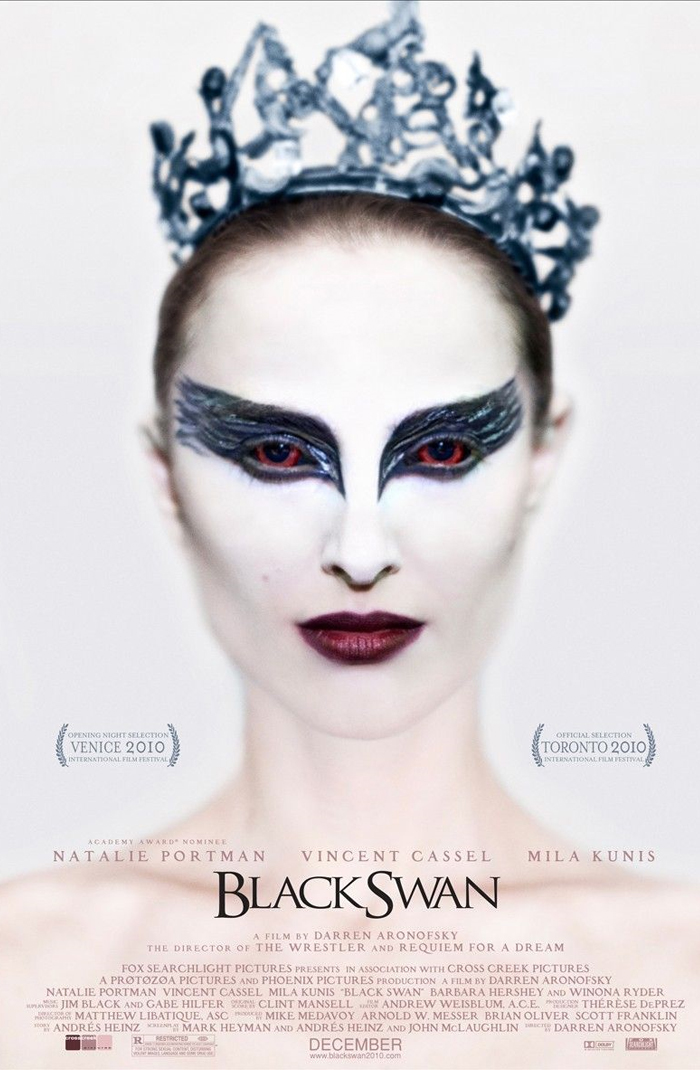by Ali Siemens (Staff Writer)
Email: paul at ufvcascade dot ca
 Director Darren Aronofsky is not shy when it comes to torturing the characters in his movies, as he did in Requiem for a Dream and The Wrestler. His latest film, Black Swan, doesn’t hold back, showing the depths of mental torture as it asks the question, “is the journey worth the destination?”
Director Darren Aronofsky is not shy when it comes to torturing the characters in his movies, as he did in Requiem for a Dream and The Wrestler. His latest film, Black Swan, doesn’t hold back, showing the depths of mental torture as it asks the question, “is the journey worth the destination?”
Nina Sawyer (Natalie Portman) is a ballet dancer for a prestigious New York ballet company. Nina is a young dancer trying to prove to the company’s director, Thomas (Vincent Cassel), that she should be cast in the lead role for a dark and grim take on the classic Swan Lake.
Essentially, the production is about a woman who has turned into a swan, and her evil twin – the Black Swan – seduces the White Swan’s lover and the White Swan loses her sanity and commits suicide by throwing herself over a cliff. The ballerina selected will have to play the role of both the white and black swan.
Nina struggles with living up to the role of the Black Swan, dancing day and night, yet she cannot break out of her timid, angelic self.
At this point Aronofsky’s plot becomes typical; in pirouettes Lily (Mila Kunis), the badass ballerina who is equally as dedicated and passionate about dancing. Arguably a better choice for the lead, Thomas’ notice of her, drives Nina from dedication into complete obsession.
Becoming obsessed with perfecting her “dark side” (no Sith was present in this movie), and with pressure from her overbearing mother, Nina’s mental and physical state take a turn for the worse. Beginning with a cracked toenail, Nina begins her breakdown. She begins seeing things, hearing things, and even imagining a lesbian romance scene with Lily – hot.
Aronofsky deserves a pat on the back for the technical aspect of his film. Although the characters are typical, the scenes of Nina losing her mind convey the frightened and fragile girl perfectly. When Nina is changing costumes from White Swan to Black Swan, the dramatic special effects create a truly awing cinematic experience. Aronofsky turns Nina into a bird: with every perfectly executed movement we watch a feather appear from her arm, creating an entire wing span, depicting her dark side taking over as she fully becomes the Black Swan.
The dark and eerie film is not new in terms of depth and script. For technical reasons, pay homage to the director and go see the great camera work, editing, and powerful imagination.


